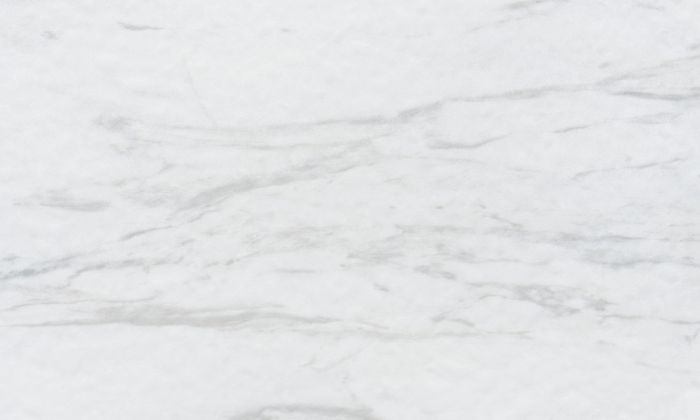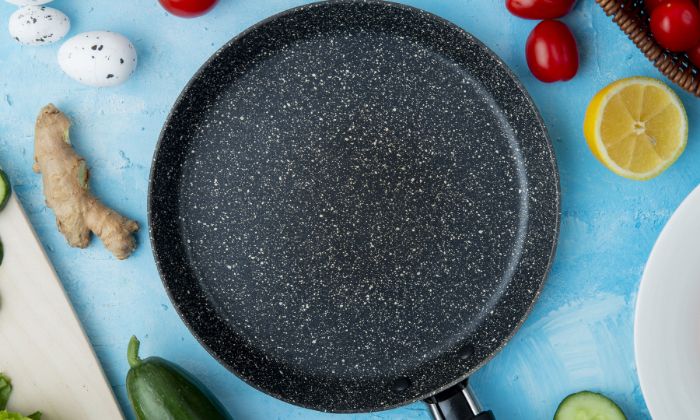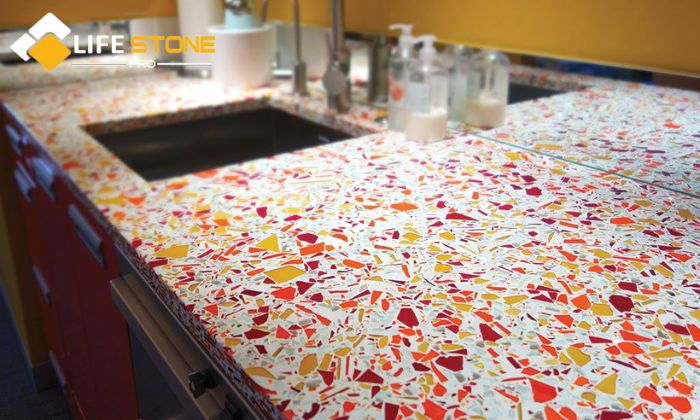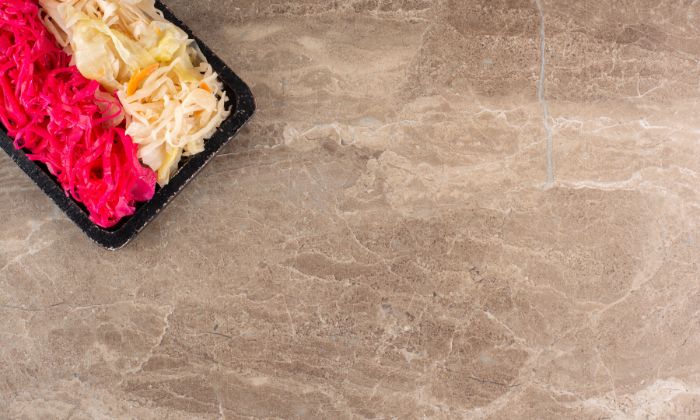Top 15 Best Marble Floor Design Ideas for a Stylish Home
Top 15 Best Marble Floor Design Ideas for a Stylish Home Marble floor design has long been associated with elegance and timeless beauty. From classic black and white checks to contemporary geometric patterns, marble flooring transforms spaces into stylish, luxurious areas. Whether you’re designing a hall, kitchen, or living room, marble adds sophistication to every room. Here are the top 15 marble floor design ideas to inspire your next home improvement project. Latest Marble Flooring Design Ideas 1. Black and White Checks Black and white marble floors checkered offer a retro yet enduring charm, perfect for hallways and kitchens. The bold contrast between black and white marble adds a crisp, clean aesthetic, making spaces visually striking. This classic design draws inspiration from traditional European styles, combining timeless elegance with a modern, chic feel. It’s a popular choice for homeowners looking to bring a vintage touch to contemporary interiors, blending retro appeal with sophistication. 2. Marble Partitioning Marble partitioning introduces a sophisticated way to define areas within open-floor spaces, like kitchens, dining, and living rooms, by using different marble types. By contrasting marbles—such as black with white—each section gains its own identity while preserving a unified look. This technique brings visual interest and structure without physical walls, enhancing the layout’s openness. The natural beauty of marble in varied colors and patterns adds elegance and a seamless, stylish separation to the overall design, making it a great choice for large, multifunctional spaces. 3. The Marble Effect Marble effect flooring provides the luxurious appearance of real marble using marble-look tiles, which are more affordable and easier to maintain. Available in shades like classic white and bold black, these tiles add elegance to any room. They offer a stylish, budget-friendly solution for achieving the marble aesthetic without the cost or upkeep of authentic marble. Perfect for both modern and traditional spaces, marble effect tiles allow homeowners to enjoy the sophistication of marble in a practical and durable way. 4. Marble Carpet A marble carpet is a unique design that mimics the appearance of an area rug but is crafted entirely from marble tiles. This flooring style enhances living rooms or hallways by combining natural stone’s elegance with intricate patterns and colors, creating a sophisticated, “carpeted” effect in the center of a space. The marble tiles are arranged to mimic a traditional rug, allowing for creative designs and color contrasts, adding both luxury and visual interest. This innovative approach highlights the beauty of marble, making it a striking, luxurious feature in any room. 5. A Royal Border A royal border design in marble flooring adds a luxurious, classic touch to spaces. This style features a wide, dark marble border framing a lighter central area, often with black marble around white marble tiles. It creates a dramatic contrast that highlights the room’s elegance and grandeur. Frequently chosen for living rooms and entryways, this design gives a regal feel and is perfect for homes with sophisticated interiors. The contrast between the border and the center also visually enlarges the space, making it appear more opulent and welcoming. 6. Geometric Design Geometric marble floor designs offer a sleek, modern look by using shapes like hexagons, diamonds, and triangles. These patterns add a contemporary touch, making them ideal for spaces like kitchens and hallways where eye-catching floors enhance the aesthetic. Pairing contrasting colors, such as black and white, amplifies the geometric effect, bringing depth and sophistication to the design. This style complements modern interiors, creating focal points that stand out and lend unique character to any room, blending traditional marble with a fresh, contemporary appeal. 7. Rounded Borders Rounded borders in marble flooring bring a gentle, soft touch to interiors, especially in rooms with strong angular lines. This design choice works best in large, open spaces, where it subtly frames the area, enhancing the floor’s elegance. Using a dark marble, like black, for the border against a lighter marble base adds depth and contrast, creating a sophisticated and stylish look. 8. Mix and Match Mix and match marble flooring offers a creative opportunity to blend various colors and patterns, creating a distinctive and eclectic look. By combining different marble types, like white and black marble or patterned tiles, homeowners can express their personal style. This approach allows for versatile design possibilities, making it suitable for any room, including kitchens and living areas. The resulting floor not only enhances the room’s aesthetic but also serves as a unique focal point, reflecting the homeowner’s creativity and flair for design. 9. Border Pattern A border pattern design enhances the elegance of a space by incorporating a contrasting border around tiles, such as black marble framing white marble. This subtle yet stylish detail adds depth and sophistication without overwhelming the overall design. Ideal for formal settings like dining rooms and halls, a border pattern creates a refined look, drawing attention to the floor while maintaining a harmonious aesthetic. It serves as a decorative element that elevates the visual appeal of the room, making it a popular choice for those looking to achieve a timeless and polished appearance in their interiors. 10. Black Nebula Black Nebula marble offers a bold and dramatic aesthetic, making it a perfect choice for those seeking a luxurious touch. Characterized by its unique veining and patterns resembling a night sky, this black marble flooring creates a mysterious ambiance. It thrives in larger spaces or well-lit rooms, where its striking contrast enhances the overall decor. Whether in traditional or modern settings, Black Nebula marble adds an elegant statement, elevating the beauty of any interior with its captivating design. Ideal for creating a stunning focal point, it combines sophistication with a sense of intrigue, making it a popular flooring option. 11. A Zebra Crossing A zebra crossing marble design features alternating black and white stripes, producing a striking visual effect. This playful yet elegant pattern enhances the aesthetics of spaces, particularly in hallways and corridors, making them more inviting. The dynamic contrast of the bold stripes draws the eye
Top 15 Best Marble Floor Design Ideas for a Stylish Home Read More »










